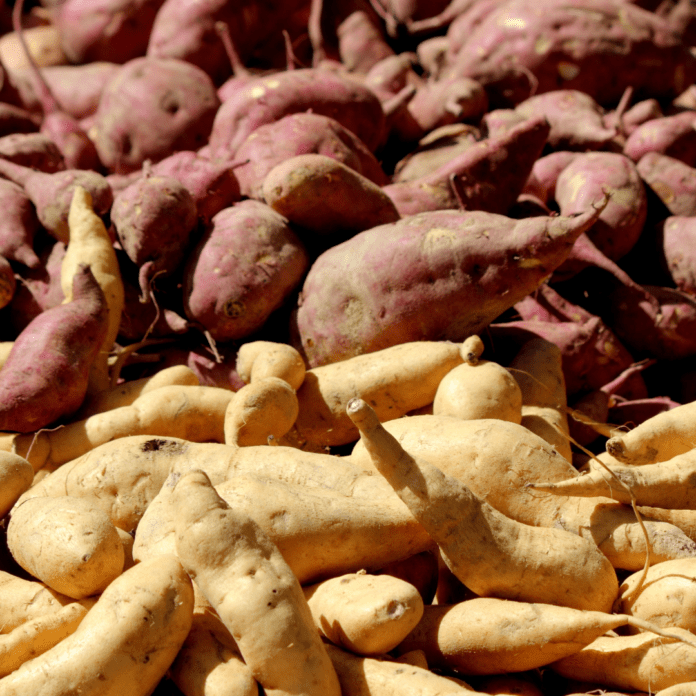Wow! This is more than a dream come true to tell the world about the unique extravaganza in the entire south-eastern Nigeria in West Africa. Surely, you must have heard of different worldwide celebrations, including the just concluded Diwali festival of the Indians, but trust me, the New Yam Festival is more than your wildest imagination even above the heavens. This indescribable fairy tale is right at your doorstep, dear reader. The stage is yours.
The New yam festival, popularly known as Iri -Ji, is a unique celebration peculiar to the people of the Igbo tribe based in the southeast geopolitical zone of Nigeria.
Iri-Ji is a festival marking the beginning of a new harvest season and ‘Ji ofuru’, new yam- the king of all other farm produce. In ancient times, our forefathers believed that Amadioha, the head of all the gods of the land, guaranteed a bountiful harvest for the Igbos and protected its people from extreme famine and starvation. As a result, the village chief priest set aside a week each year in August—the eighth moon day—to offer to the gods who kept families healthy.
Since many Igbos adopted Christianity in the 1980s, they have made minor adjustments to the rites and rituals they perform today for God Almighty, the supreme entity who dwells in heaven and who created the entire universe, rather than the ancient gods.
Lest I forget, it is a period where Igbos far and near return to their hometowns to have fun with their families, well-wishers, and friends. Not to be forgotten, it is a time when Igbos from far and wide visit their hometowns to celebrate with their loved ones.
Regarding the rigorous observance of local cultures and traditions, five weeks before the start of the event is the time for public education. The town crier announces the festival’s events and daily rudiments as he marches through the village’s streets.
In the same manner, they send information out to the Igbos in the diaspora via electronic mail to aid in adequate fundraising and preparation. During this period, farmers harvest their yams and other crops while the traders thrive to sell the produce of the previous farming season at a cheaper price. Honestly, one serene thing I love about the festival is that it doesn’t affect the everyday routine of villagers.
The new yam festival’s eve is a full day filled to the brim with events. It is possible to hear dishes and spoons clattering and smell the local aroma from a distance. From dawn, women and children clean the homes, fetch water, and paint the muddy floor with Uli, a white river clay. At the stroke of six, all domestic activities come to a close, with the Royal Palace serving as the night’s major attraction.
At the sight of twilight, over 5 cows, 15 goats, 500 hens, and other tasty animals are killed in the village abattoir; taps are singing, pestles thumping as they can and pots begging for mercy at the hands of the industrious palace cooks.
The maidens also help in the preparation of sumptuous yam delicacies such as roasted yam, pounded yam, oil bean gravy, and other meals.
While all these are going on, cars and buses of distant neighbors and friends troop unceasingly into compounds, hotels, and motels of all standards. The first day of this seven-day celebration is not one that anyone would want to miss.
D-day has finally arrived-The Great New Yam festival. The villagers are in a joyous mood of laughter and thanksgiving. Everyone finds their way to the central location, which had been announced beforehand.
At the sound of the flute of the oracle locally known as ‘Oja’, we observe perfect silence because this is a sign that the king with the royal convoy has arrived. The King goes on his knees at the center of the open ground and kneels (everyone follows suit), lifts his head to the heavens, and thanks God for a great new yam harvest and the good of the village.
He then proceeds to taste the new yam. Once that is concluded, the festivities of the week can begin. For the remaining days of the festival, there are side attractions such as a masquerade, mini palm wine joints, light snacks and fun children’s games of sticks and bottles; presentation of chieftaincy titles, and varied gifts to the farmer who harvested the largest yam tubers that year, etc.
Sincerely, I seldom attend Iri-Ji festival because of school, but social media has made everything easy. I could stream live through my phone the happenings of the event each day just from the comfort of my bed and the same applies to many friends of mine who have one reason or the other not to be at this huge celebration.
Indeed, the New Yam festival is a big feast for Igbos nationwide, a time to share pains, love, unity, and, of course, an abundance of food.
Authored By
Sanduni Jayawardena










